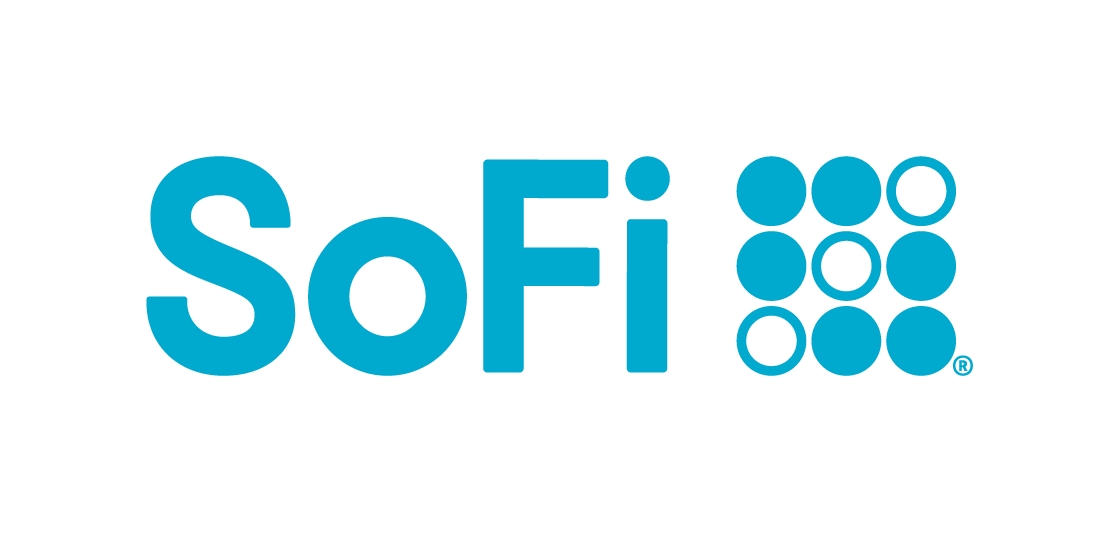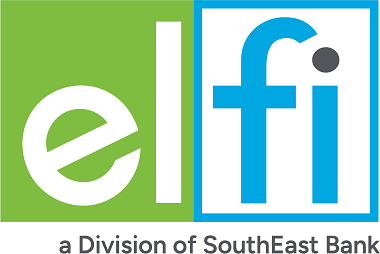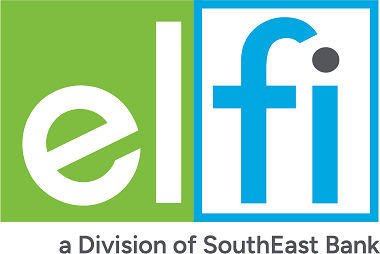When considering the costs of private college, it’s essential to look beyond just tuition. While tuition is the biggest expense, the overall cost of attendance also includes housing, meals, textbooks, and other educational necessities, which can accumulate quickly.
Private colleges are generally more expensive than public ones, with students at private four-year schools often paying over twice the tuition and fees of public universities. Still, the exact costs can differ significantly depending on the school you choose, so it’s worth researching and comparing options carefully.
Over the years, the cost of college has been climbing, adding financial pressure on students and families. Experts predict that by 2025, public college tuition will nearly double what it was in 2010, and private college tuition will be about three times its previous cost from over a decade ago. Without major changes, affording college might become even tougher for many families.
Sticker Price vs. Net Price
We are referring here to the “sticker price” of college – those costs published for all to see. The net price of a private college you might actually pay can often be much lower than the cost that is listed. This is because many private colleges offer financial aid packages to their students, which can significantly reduce the amount of tuition and fees due. For example, if you receive a combination of grants and scholarships you may pay only a fraction of what is listed as the average college cost. The Urban Institute even estimates that a full-time student at a public or private nonprofit university pays 40-45% of the school’s sticker price.
Strategies you will want to consider for covering the costs of paying for private school will include seeking out federal aid, looking for scholarships, potentially participating in dual enrollment and finally borrowing student loans. Planning ahead will be your best strategy and knowing what to plan for will certainly help with that process.
Fill out the FAFSA® (the Free Application for Federal Student Aid)
Every year, all college students are faced with the challenge of figuring out how they are going to pay for college. The Free Application for Federal Student Aid (FAFSA®) is important to help you meet this challenge. By completing the FAFSA, you are able to take advantage of federal and state aid programs. The FAFSA is the first step you must take, if you are looking to apply for federal grants and/or loans that can be used to pay for your college tuition and fees. By completing the FAFSA,
The FAFSA is also the first step in applying for any type of federal student loan, such as Direct or PLUS loans. Applying for these loans can be a lengthy process, so by filling out the form early, you can ensure you don't miss out on potential funding sources. There may be some schools that will require you to fill out the FAFSA before they will consider you for merit-based scholarships or other forms of aid.
The FAFSA isn't just important when it comes to getting financial aid - it's also helpful for you to understand how much money you will need to fund your college education. Through the use of online calculators available through the U.S. Department of Education, you will be able to estimate how much money you should expect to receive in federal grants (such as the Pell Grant) and loans each year so you can budget accordingly.
Seek out Scholarships
Another strategy to help cover private school college tuition is to seek out private scholarships by proactively searching and applying for them. Start by researching online and networking with organizations that may provide scholarship opportunities. You might also want to look for private foundations, corporations, sports teams, religious organizations and local businesses that could offer scholarships. Many of these entities have specific criteria for eligibility, so make sure you read the requirements carefully before applying.
Another great resource is to contact your guidance counselor or college financial aid office for scholarship information that might be available through the college or university. It’s important that you make sure you thoroughly research each scholarship opportunity before applying to make the best use of your time. Read all the application materials carefully and understand all the application requirements and deadlines. Ensure you meet all criteria and submit your applications promptly with proofread documents that demonstrate why you are an excellent candidate for the award. Taking these steps will give you a better chance at success when applying for private scholarships.
Consider Dual Enrollment at a Community College while in High School
Participating in dual enrollment at a local community college while also finishing high school can be a great way to help you save money for private college. Dual enrollment allows you to earn college credit while still in high school, meaning you can start your post-secondary education earlier and potentially graduate sooner. This could help to reduce the total expense of the private college, as some credits taken at the community college may be transferable towards your degree. Community colleges might even off offer you a reduced tuition rate if you are a dual enrollment student, meaning that additional savings can be realized.
One of the main tradeoffs when participating in dual enrollment while also finishing high school is having to juggle two schedules. High school classes often take priority over college classes when it comes to scheduling, meaning that some college classes may have to be missed or dropped. Also, keep in mind, that when you are enrolled in both a high school and a college courses, you may not have time for extra-curricular activities or part-time jobs.
Another potential tradeoff to consider is the workload associated with taking courses at both levels. College courses are typically more rigorous and demanding than high school courses, so you will have to balance your workload carefully in order to succeed in both environments. Be careful that you are not spending too much time on your college coursework, that you don’t have enough time for studying for your high school courses as well. Graduating high school and receiving that diploma is key to getting accepted into the private college.
It is also important to consider financial considerations when considering dual enrollment. Even at a potentially discounted rate, you will need to pay out of pocket for your community college tuition since many schools do not offer financial aid for dual-enrolled students and parents might find it difficult to shoulder the expense of tuition plus textbooks and other materials needed for both high school and college classes.
One final and very important consideration is to ensure you will be able to transfer the credits earned through dual enrollment to the college you plan to attend. Depending on the policies of individual universities or colleges, credit earned while still in high school may not transfer fully or at all when enrolling as an undergraduate. This could mean that some or all of the work done in dual enrollment could go unrecognized and will need to be redone in order to gain an undergraduate degree from another institution. Doing your homework in advance to make sure your efforts will be recognized is of the most importance.
Borrow if it makes Sense
You should borrow money to pay for college only when absolutely necessary, and when you are certain that you will be able to make payments on the loan upon graduation. Taking out a loan should always be undertaken thoughtfully and with an understanding of the potential consequences of being unable to pay it off. Make sure you consider factors such as your future income potential, the interest rate on the loan, possible deferment or forbearance options, and available scholarship opportunities.
Also think about potential alternatives such as working part time while attending school or taking fewer courses each semester to decrease overall tuition costs. Thoroughly research all available funding sources such as grants, or installment payment plans provided by your school. Seek out advice from a financial aid counselor who can provide additional guidance in making an informed decision about whether borrowing money is the best option for paying private college expenses.




















